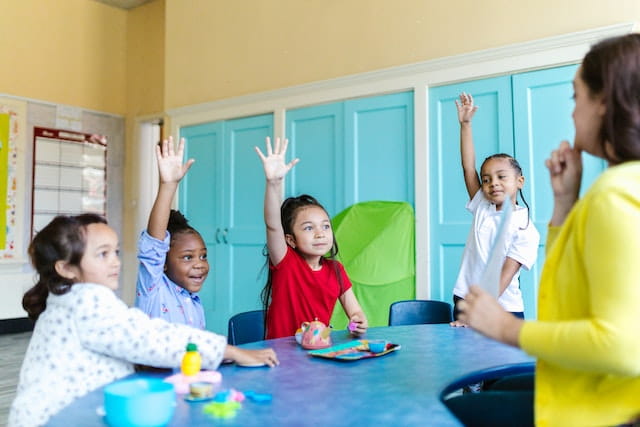Even if you aren’t teaching at a school that is inspired by the Reggio Emilia educational philosophy, there are plenty of ideas from this acclaimed approach that you can use in your own classroom.
What is Reggio Emilia?
Reggio Emilia is a globally acclaimed approach to early education which originated in a small northern Italian town shortly after the end of the second world war. It’s not a formal blueprint for early childhood learning, but rather serves as an inspiration for schools which then adapt the principles to suit their unique cultures and circumstances.
Thousands of schools around the world embrace the philosophy and use the principles as defined by the founder, Loris Malaguzzi, to inspire daily life at their schools. But that doesn’t mean that early learning environments which don’t identify as ‘Reggio Emilia-inspired’ schools can’t embrace some of the principles too.
Anyone can take guidance from this acclaimed child-centric approach and adapt the principles into their daily classroom experiences and interactions.
How can schools incorporate the Reggio Emilia approach?
Remember, teachers don’t complete formal training to become a Reggio Emilia teacher. Yes, they may attend seminars or workshops to expand their understanding of the philosophy, but as mentioned at the beginning of the article, it’s an approach to early education, not a formal structure and neither schools nor teachers become ‘Reggio-accredited’.
Use these eight ideas to inspire your early learning environment:
1. A key tenet of the philosophy is that all children are strong, capable and resilient.
Tip: Regularly communicate your belief that each child has a voice and that each child is valued, capable and creative. It’s also a good idea to display these words somewhere in the classroom – seeing is believing!
2. Every child is brimming with wonder and curiosity about the world around them. Therefore, when a child explores things that interest them, they will be more likely to learn.
Tip: Set up a few activity tables so that when the children arrive in the morning, they can choose their own topics for further exploration and discovery.
3. Children have ‘100 languages’ for expressing themselves. It emphasises the importance of giving children a multitude of ways to communicate and share their thinking and their knowledge.
Tip: These languages can be anything from painting, drawing and sculpting to singing, dancing and dramatic play. Ask children what they like doing and gently encourage them to try different avenues of self-expression.

4. Focus on open-ended project work, rather than have all the children doing the same activity at the same time with set outcomes. This approach enables the child to become deeply engaged with topics of personal interest and gives them the power to construct their own learning.
Tip: Offer a variety of different resources, interactions and experiences.
5. In Reggio Emilia, the environment is seen as the third teacher. The learning spaces should have authentic materials and tools to stimulate the children’s imaginations, foster their creativity and encourage collaboration and communication.
Tip: Make your classroom homely, welcoming and nurturing but keep clutter to a minimum. The spaces should have plenty of natural light and a strong focus on nature, and should evolve constantly to encourage the children to delve deeper into the things that interest them.
6. The teacher is a co-learner and co-constructor of knowledge.
Tip: Try not to see yourself as an ‘imparter of knowledge’, but rather as a collaborator and facilitator, providing guidance and support to the children as you learn together.
7. Nurture relationships between families, the school community and the children.
Tip: Maintain regular contact with families to give them feedback on how their child is doing and look for opportunities for our families and educators to come together to help each child achieve their potential.
8. Display and record the children’s work. In Reggio Emilia, emphasis is placed on documenting the children’s conversations and representations so that all parties involved – the child themselves, the families and educators – can observe, reflect, assess and maximise opportunities to deepen and extend the child’s learning.
Tip: Take photographs of the child’s work and record conversations with the child.
A final word on how to take inspiration from Reggio Emilia for mainstream school environments
Reggio Emilia-inspired schools offer an alternative approach to learning. Unlike in mainstream or traditional early learning environments, the curriculum is flexible and is based primarily on the interests of the individual child. Even though some schools operate with more traditional structures with established curricula, there are plenty of ways that educators can be inspired by the principles of Reggio Emilia and adapt them to their own classroom environments. There’s no right or wrong. What matters most is that each child gets a quality early education which will set a strong foundation for their healthy growth and development in the future.

